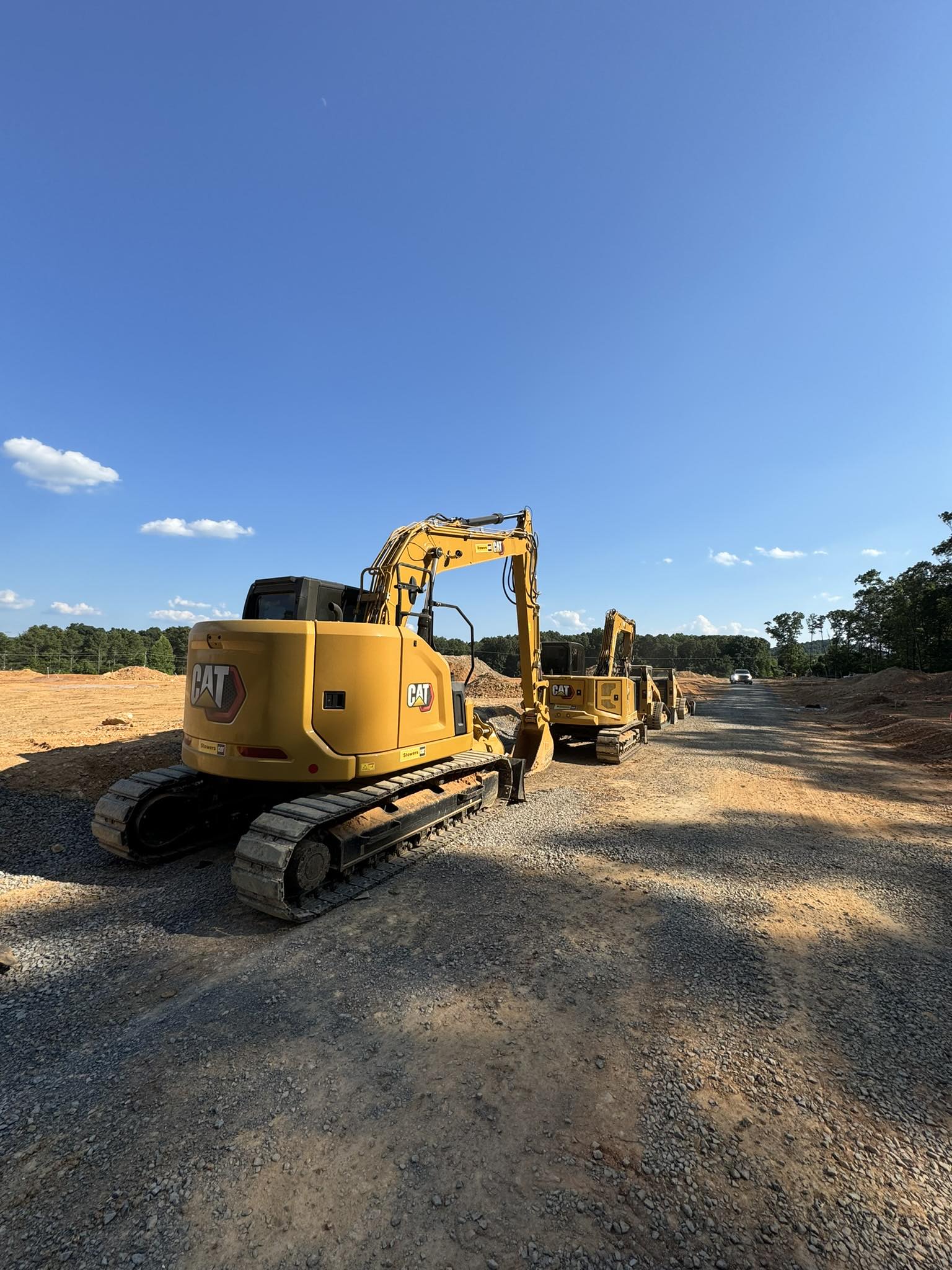
Site Safety Strategies: Prioritizing Safety in Modern Excavation Sep 13, 2025
One of the most fundamental aspects of site safety is conducting thorough pre-excavation planning. This involves evaluating the site conditions and identifying potential hazards that might affect the project. A detailed site analysis helps in designing safety protocols tailored to the specific requirements of the project. This proactive approach allows excavation teams to anticipate challenges and address them before they escalate into significant issues.
Equally important is the education and training of all onsite personnel. Regular training sessions for workers ensure that everyone is aware of the latest safety practices and can identify potential hazards. Training should cover all aspects of excavation safety, from understanding machinery operation to emergency response strategies. Employees should feel empowered to voice concerns about potential risks, thus fostering a culture of safety awareness and mutual responsibility.
Another critical component of site safety is ensuring the proper use and maintenance of excavation equipment. Regular inspections should be conducted to verify that all machinery is in good working condition. Equipment operators must be qualified and trained to handle machinery correctly, reducing the likelihood of accidents due to human error. Additionally, using the correct equipment for specific tasks is a part of best practices, as this minimizes the chance of mishaps due to equipment failure.
Communication plays a key role in maintaining a safe excavation site. Establishing clear lines of communication among all workers helps in monitoring progress and addressing any safety concerns promptly. Implementing a standardized communication protocol can enhance coordination, especially in large-scale projects where multiple teams are involved. This seamless communication helps in averting confusion and ensures that everyone is aware of ongoing safety measures.
Incorporating technology into safety strategies is becoming increasingly common. Drones, for instance, can be used to survey the excavation area, providing a comprehensive overview of site conditions without exposing workers to hazardous environments. Advanced software can also track equipment status and site activities in real-time, allowing for immediate response to any irregularities.
Regular safety audits and assessments are integral to maintaining a safe excavation environment. By routinely evaluating safety practices, companies like Southeast Land Services can ensure that they meet industry standards and regulatory requirements. These audits also offer an opportunity to identify areas for improvement, helping companies to refine their safety protocols continually.
Lastly, the implementation of an effective emergency response plan is imperative for handling unforeseen incidents. This plan should include detailed instructions on evacuation routes, communication protocols during emergencies, and a comprehensive list of contacts for medical and emergency services.
For Southeast Land Services, prioritizing safety in modern excavation means committing to a comprehensive approach that encompasses planning, training, communication, technology, and continuous evaluation. By embedding these safety strategies into everyday operations, excavation projects can be safer for workers, stakeholders, and the surrounding community. The ultimate goal is to create a workplace where safety is at the forefront, allowing for efficient project completions with minimal risk.
/filters:no_upscale()/media/fc0c6c98-a315-44c2-a232-b8ba9cdbd1e5.jpeg)
/filters:no_upscale()/filters:format(webp)/media/a9dead03-2ff7-4370-b41b-bb826dc6cdb8.jpg)